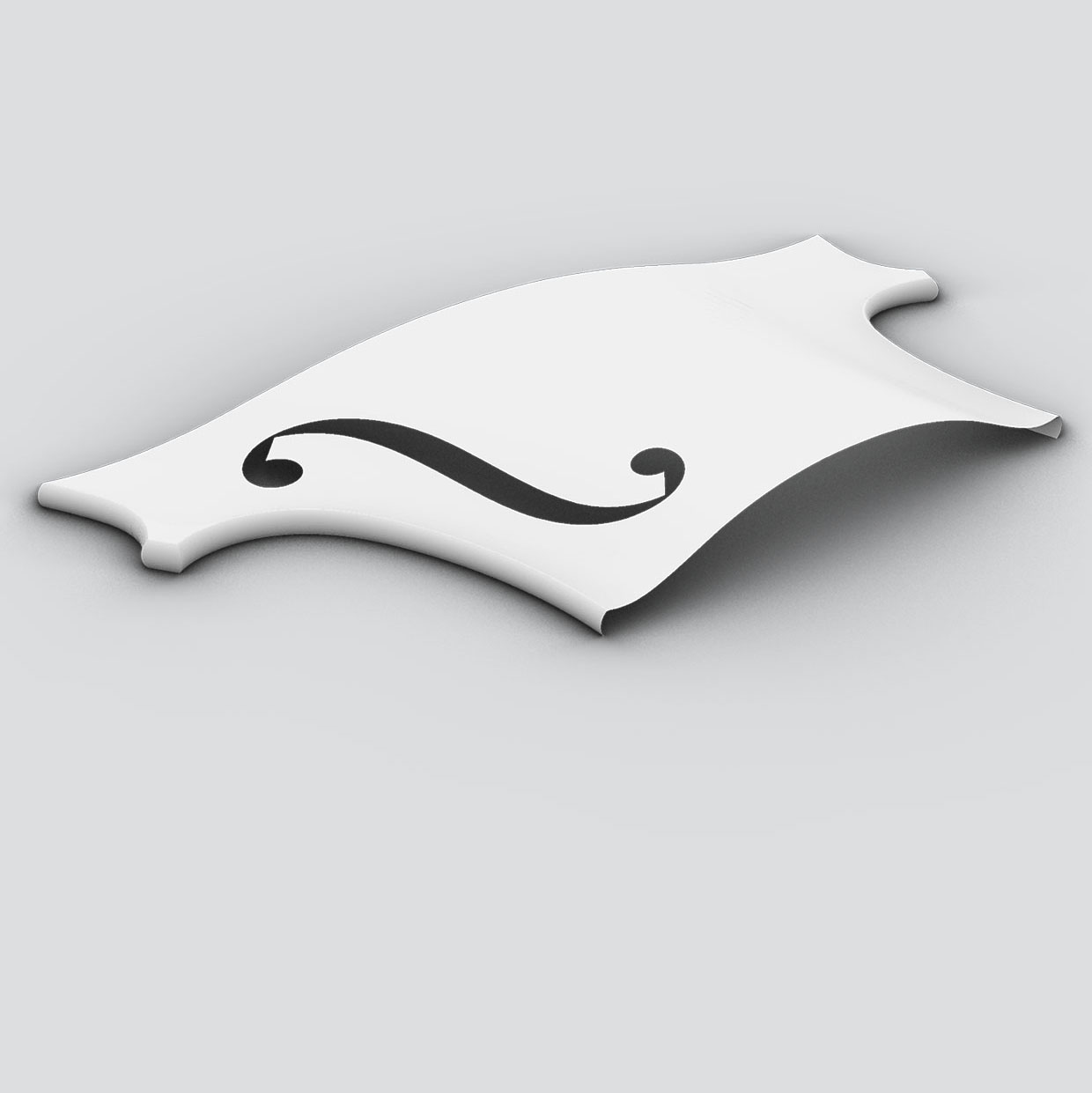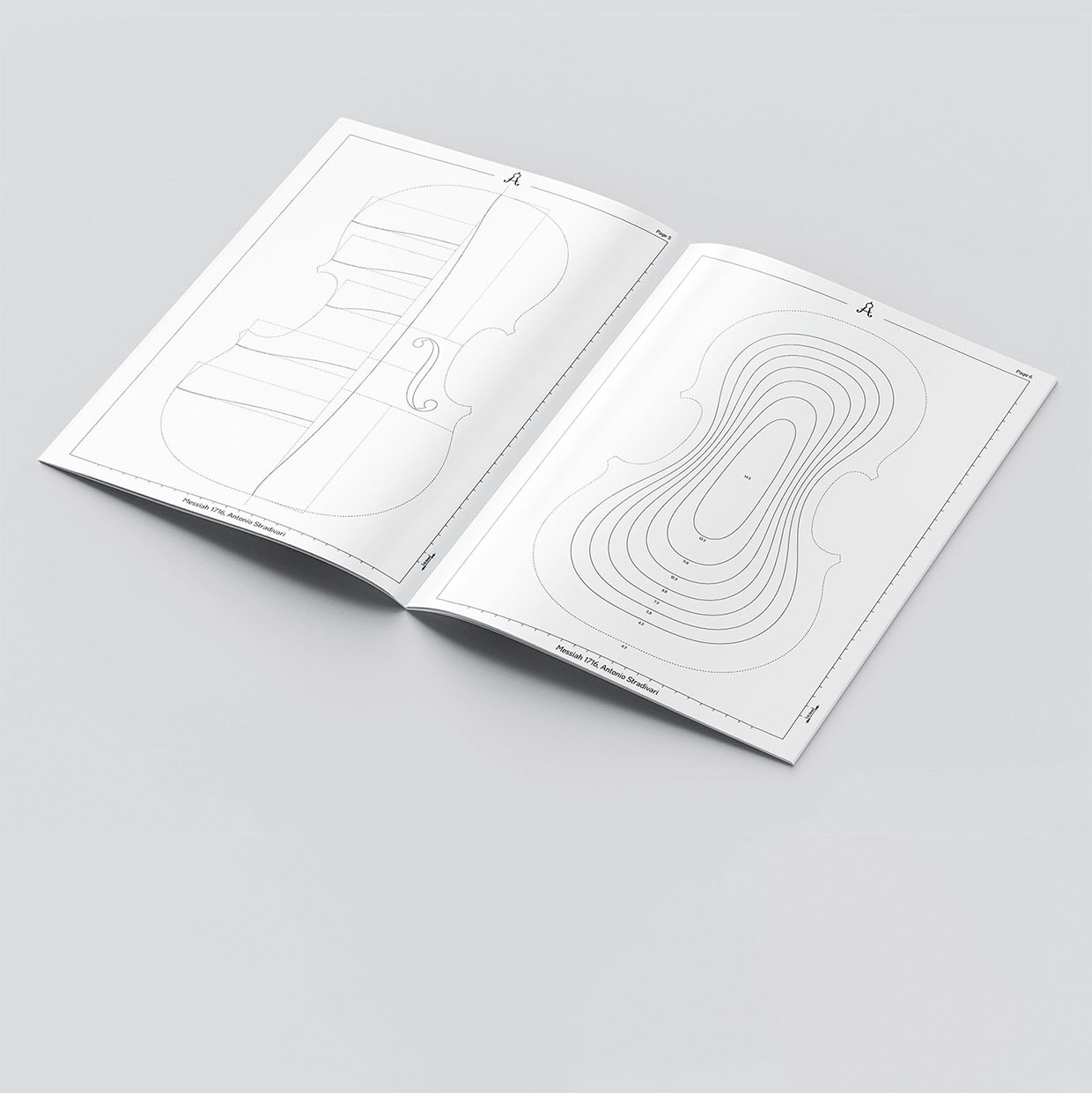Historical Violin Templates
Stradline Project offers a curated collection of violin templates based on historical instruments, thoughtfully reconstructed and refined for modern lutherie. Each template presents an idealized, symmetrical interpretation – free from incidental distortions yet faithful to the geometry and character of the original models.
Informed by reference moulds and outlines attributed to makers like Antonio Stradivari and the Amati family, these templates provide a clean, balanced foundation for violin makers seeking reliable, historically grounded forms. Rather than exact replicas, Stradline templates aim to serve as practical tools, honoring tradition while supporting clarity and precision in contemporary violin making.
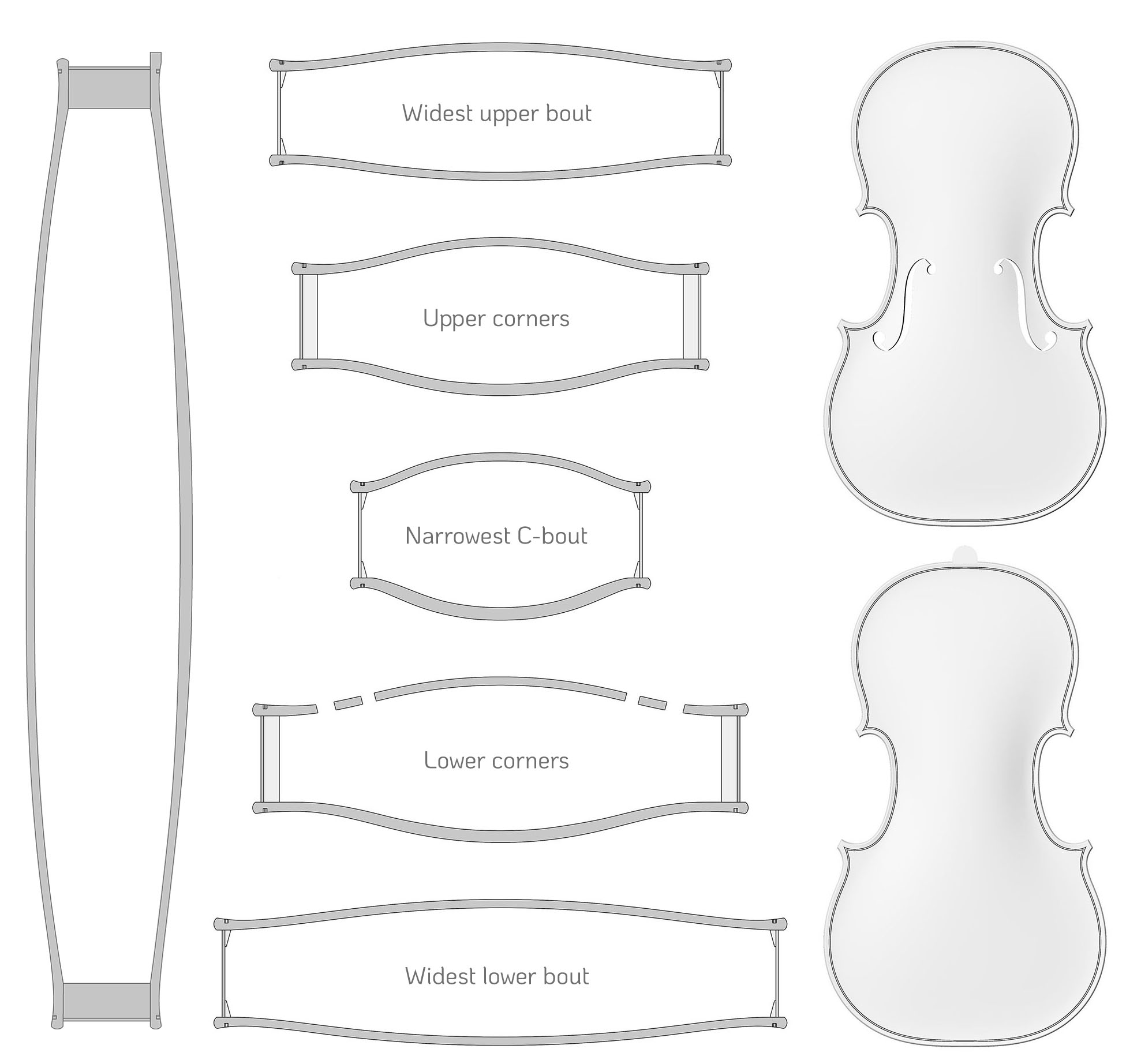
Reconstructing the outlines of historical instruments involves combining multiple sources, including CT scans, physical measurements and 3D reproductions, to refine the geometry and compensate for age-related distortion and construction irregularities.
CAD analysis supports the process at every stage, guiding decisions, validating results, and helping us get closer to the instrument’s original form.
Curve analysis tools are used to assess the smoothness and continuity of curves. When extracting outlines from historical instruments, they help ensure that our templates stay true to the geometric intent of the historical ruler-and-compass designs, while filtering out distortions and asymmetries.
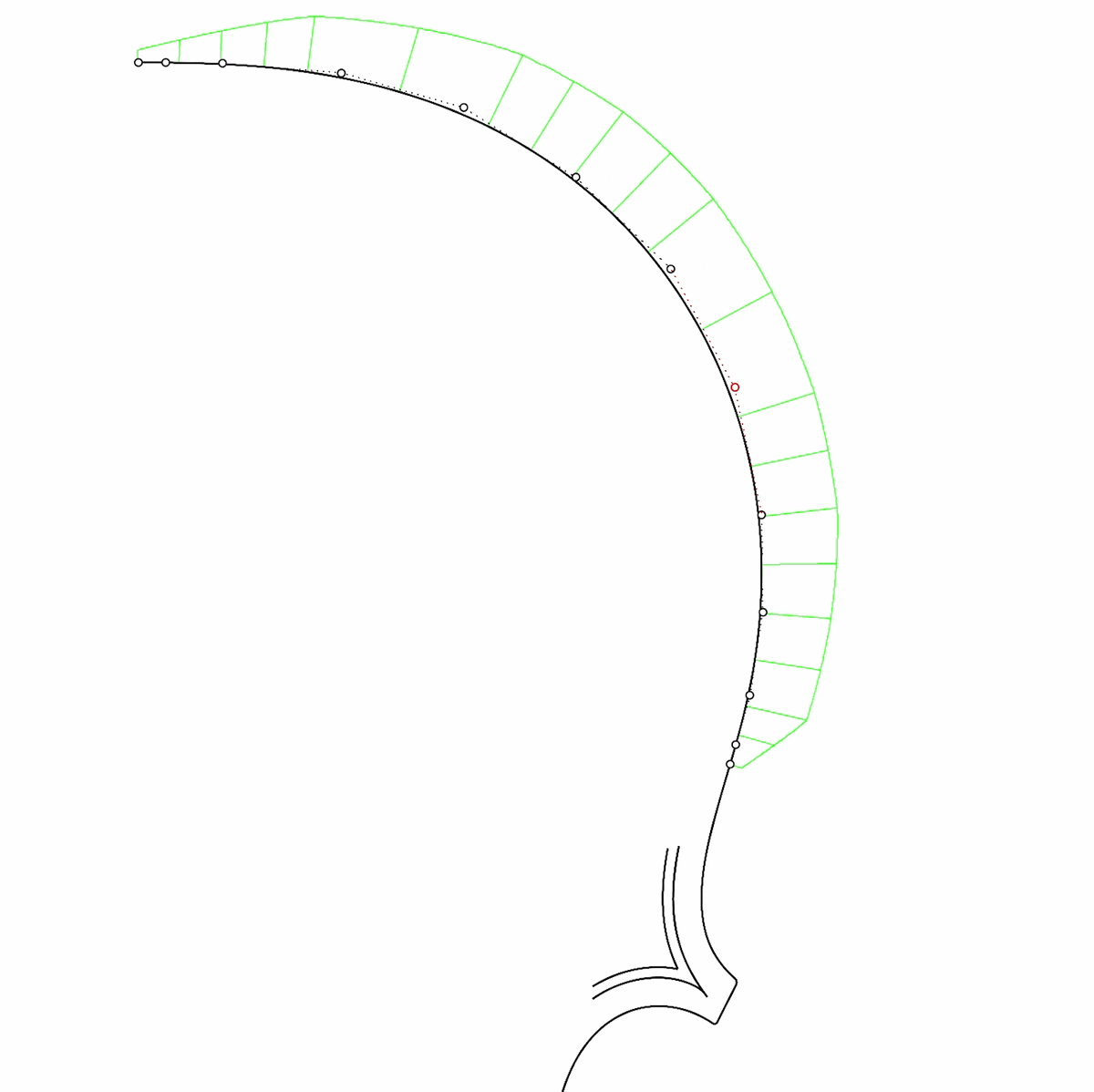
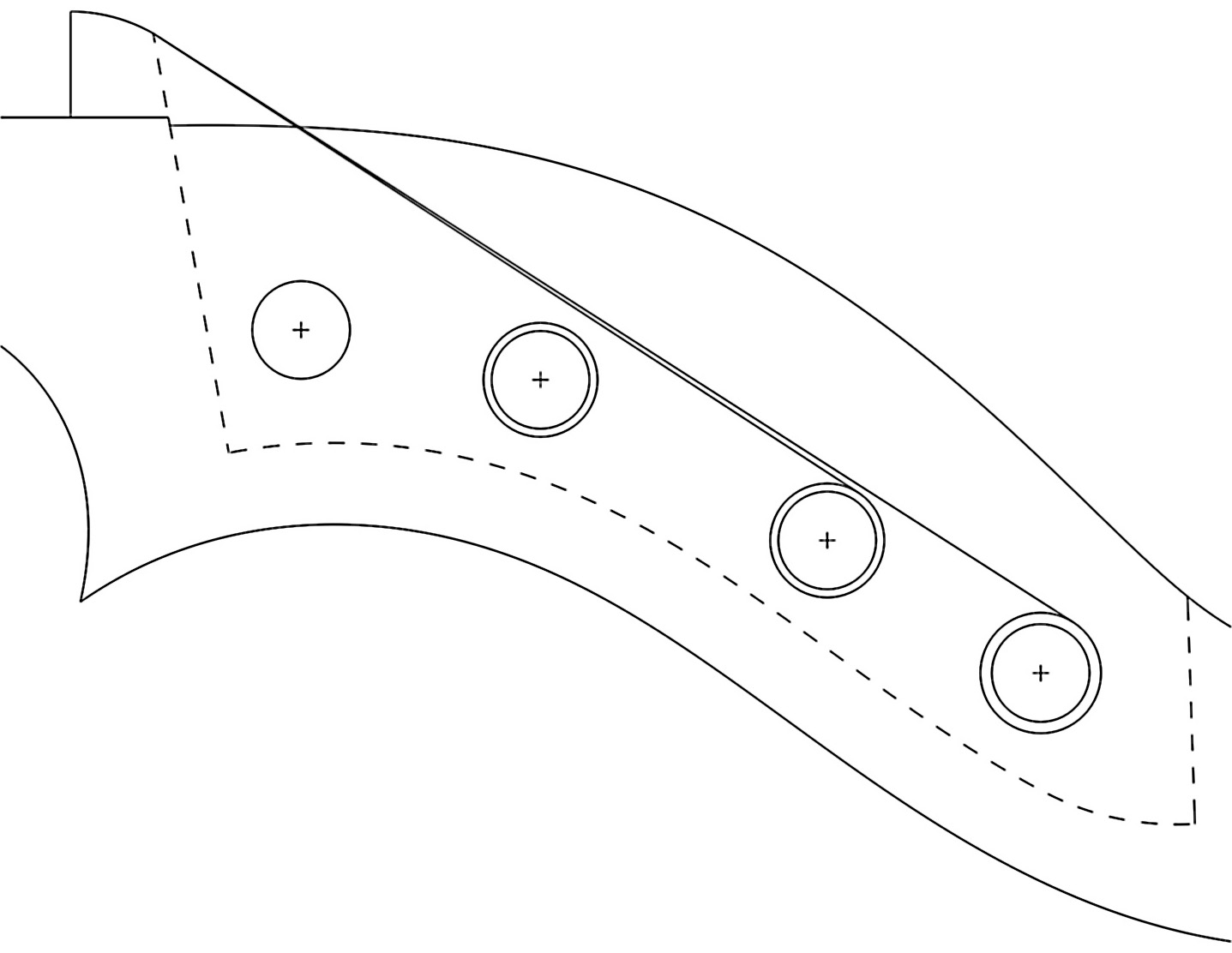
Practical details, such as peg hole placement, are carefully adjusted to ensure proper string clearance. Each hole is positioned so that strings run cleanly to their own peg without interfering with other pegs.


